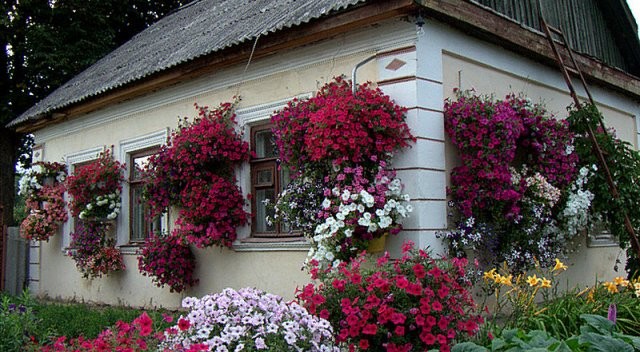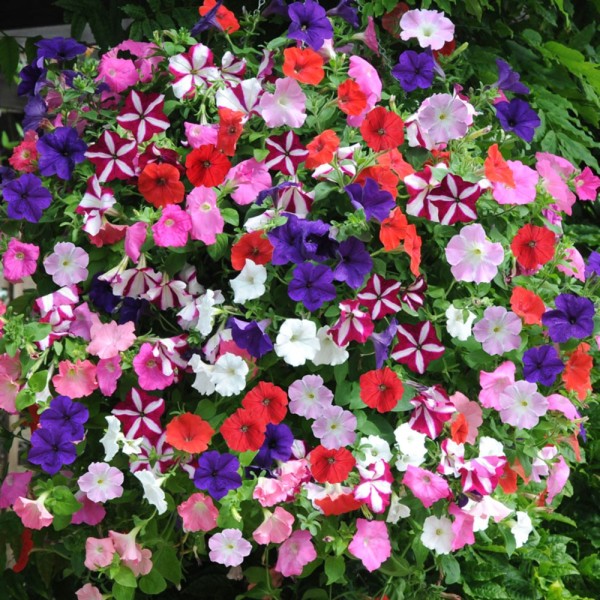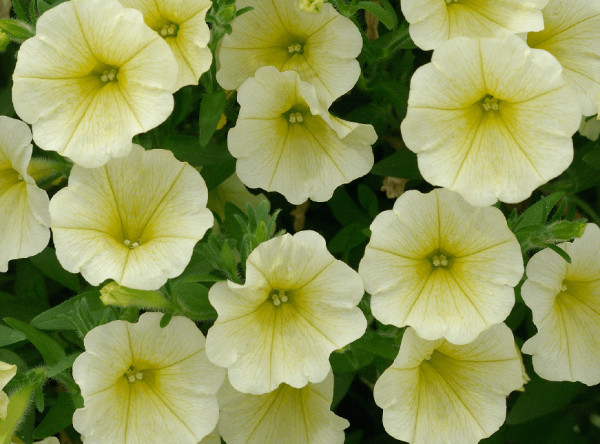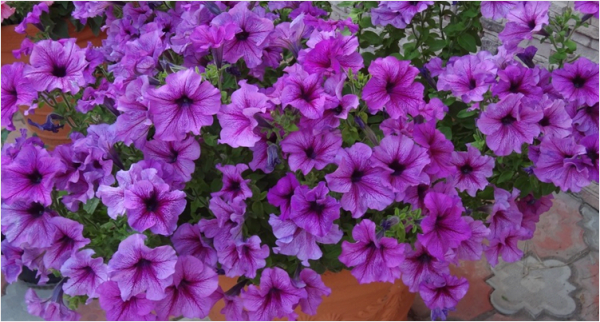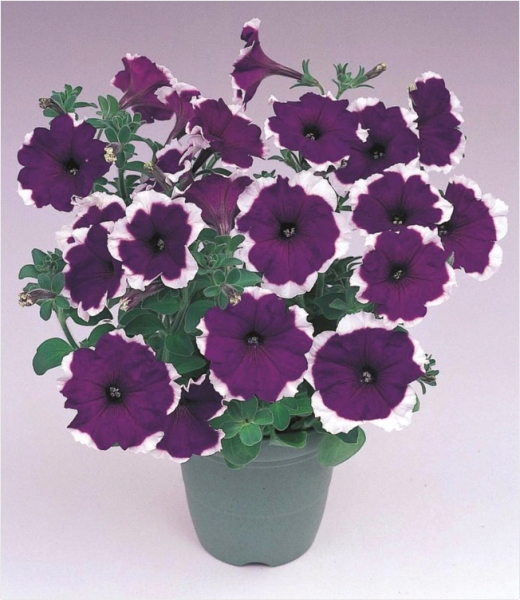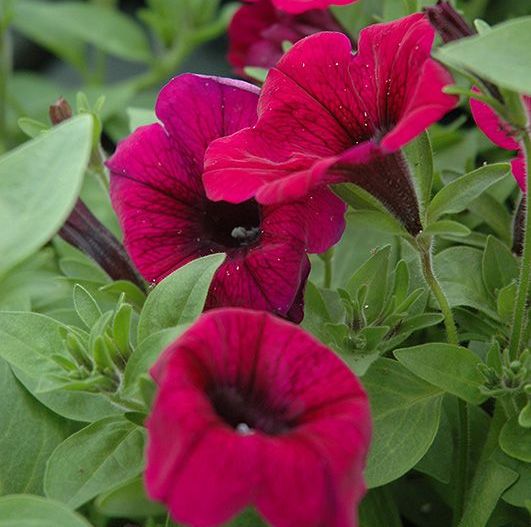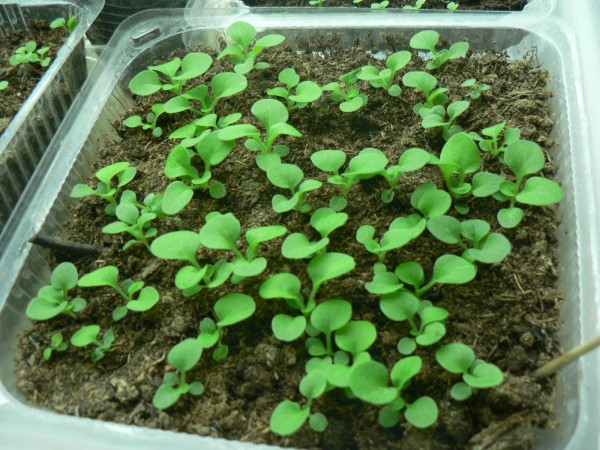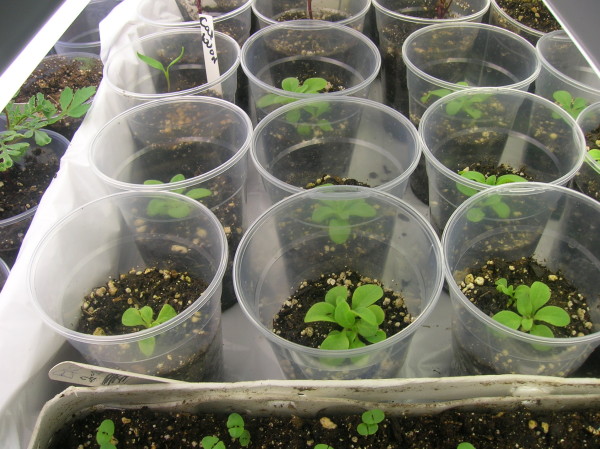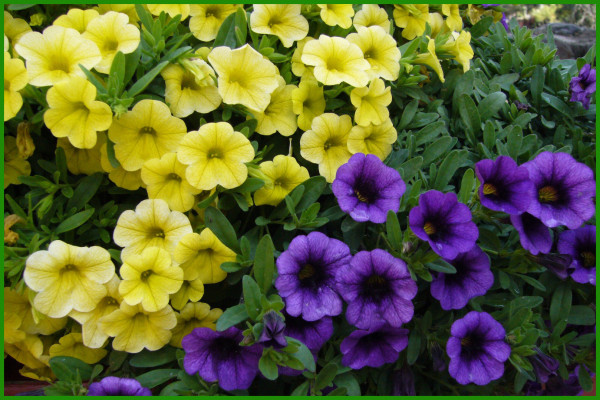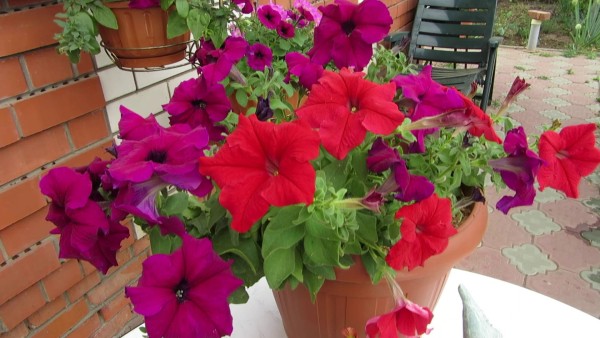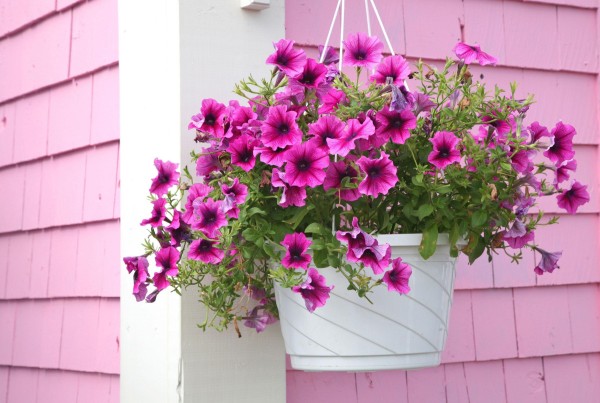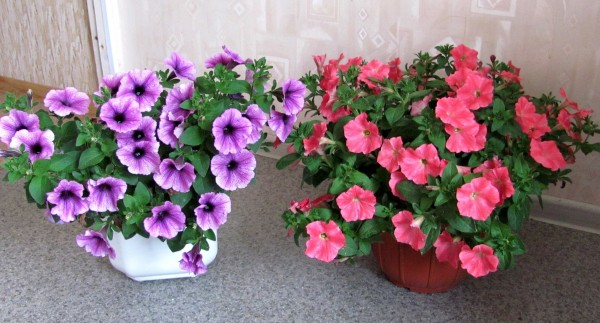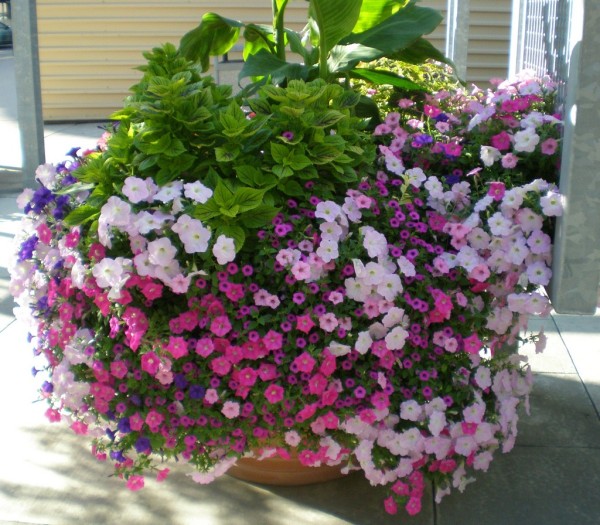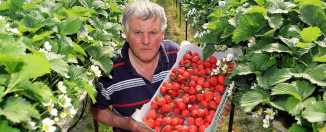Petunia: planting and care
Petunia is considered one of the favorite flowers of most gardeners. The homeland of this flower is Uruguay, but it gained popularity in Europe. Now this beautiful flower can be found in almost every garden in the old world.
Petunia varieties
Not only the classics are popular these days varieties petunias, but also all kinds of hybrids, which allows you to choose from a huge number of plants.
- Of the ampelous petunias, Easy Wave is considered one of the best varieties. This variety is bred in America. It belongs to the simplest varieties to care for and grow. The variety is distinguished by a variety of colors. It forms a spherical or domed shape, suitable for growing in pots, floor or hanging.
- Petunia Surfinia is distinguished by its rapid growth, but does not tolerate adverse conditions. Prefers to grow in slightly shaded areas. This variety has large flowers of various colors. Scourges of this variety of petunias grow up to 70 cm. Most often, this petunia is grown in hanging pots.
- Petunia Daddy belongs to bush petunias. The Daddy variety is distinguished by its large flowers and a small bush height of about 25 cm. The plant loves bright sun and tolerates drought, rainy weather and wind well. Most often, this petunia is used to decorate flower beds and flower beds.
- Popular varieties the Pikoti variety also applies. This variety has large flowers of various shades. There is a white edging along the edge of the petals of this petunia variety, which makes it possible to immediately distinguish the Pikoti variety from others. This plant tolerates rainy weather well. Flowering continues almost all summer and ends only with the arrival of frost.
- Vegetative varieties include the Cardinal variety. It has purple flowers with slightly corrugated petal edges. The flowering period is long - from early summer to mid-autumn. The plant tolerates adverse conditions well.
Planting petunias
In our climate, petunias are sown for seedlings in the final decade of February. Since the seeds of this plant are distinguished by a low percentage of germination due to the short daylight hours, it is more correct to sow them with a reserve. If possible, try to provide additional lighting for the seedlings.
The soil for this plant should be light and loose. Perfect fit priming made from leafy soil, turf, and humus. Additionally, peat and sand are added. The day before the date of sowing the seeds, the soil must be well watered. Petunia seeds for planting need to be mixed with sand and leveled over the ground. Then the seeds should be sprayed on top with water and the container should be covered with cling film or ordinary glass. In the room where germination takes place, maintain a temperature of +23 degrees.
Condensation can collect under the glass, which must be wiped off regularly so as not to infect the plants with a black leg. The first shoots will appear in about a week. When the first leaf appears, the film must be removed and a little sprinkled with sand on the soil.
At the stage of 3-4 leaves, seedlings must be dived into separate containers. These can be special peat pots or just yogurt cups. Seedlings can be fertilized 7 days after diving. Do this once a week, alternating spraying and watering with compound fertilizers.
When the seedlings are old enough, and there is a stable warm weather outside, the petunia can be transplanted to a permanent place. This should be done in cloudy weather or in the evening, when there is no direct sunlight. When choosing the distance between individual specimens, be guided by the plant variety. For large petunias, keep a distance of 25 cm between individual bushes. Petunias with small flowers will feel good with a distance of up to 20 cm between them.Ampel varieties are planted with a gap of 30 cm.
If you plan to grow petunia in a pot or hanging planter, be responsible for the choice of capacity. The pot should be large enough to keep the plant from withering. There must be a drainage hole. Do not forget to put a layer of drainage on the bottom of the pot, and only then fill it with soil. It can be a ready-made potting soil mixture for flowering plants, or prepared yourself.
Make a hole in the soil with a depth and diameter of 10 cm and transfer the seedling into it along with the earthy clod. Then the plant must be watered. To make the rooting process faster, the planting site can be mulched with peat or humus. This allows you to retain moisture longer and protects the plant if frost hits.
Petunia care
It is very important for petunias to produce on time top dressing... It is best to use ready-made fertilizer complexes that are commercially available. Two weeks after planting, the plants must be fed with nitrogen fertilizers. Later, it is better to switch to fertilizers containing mostly phosphorus and potassium. In order for the plant to bloom magnificently, observe the fertilization regimen. During the active growth phase, apply the top dressing every week.
Water the plants so that moisture does not get on the leaves and flowers. If you notice yellowing foliage, then the plant is lacking moisture. Remove faded flowers and dried leaves. This will channel the plant's energies into flowering and growth. If you want to form a more lush bush, then pinch its top at the 5th leaf level.
